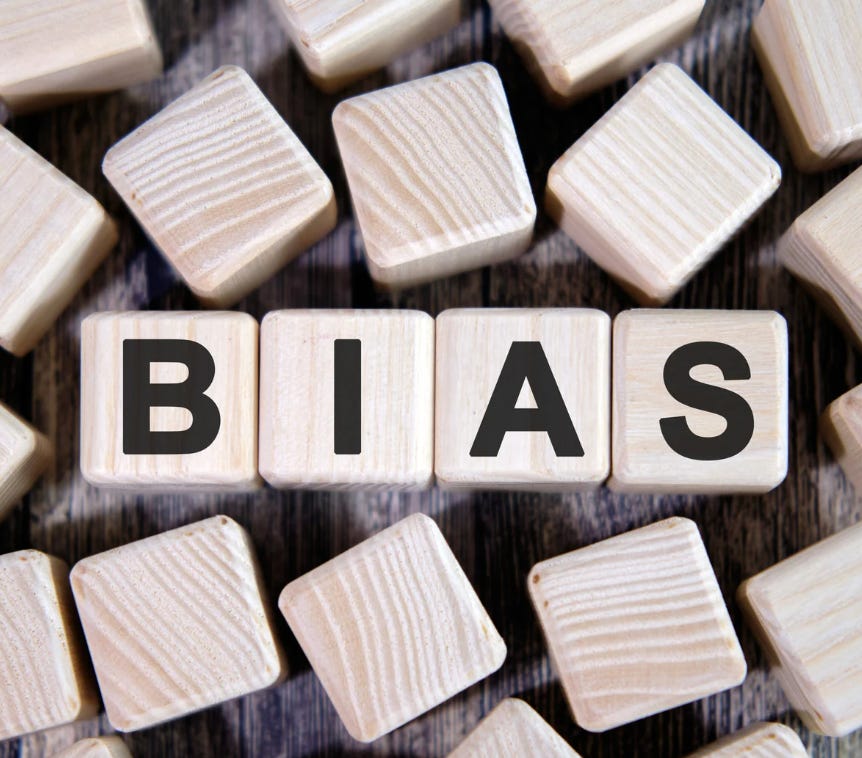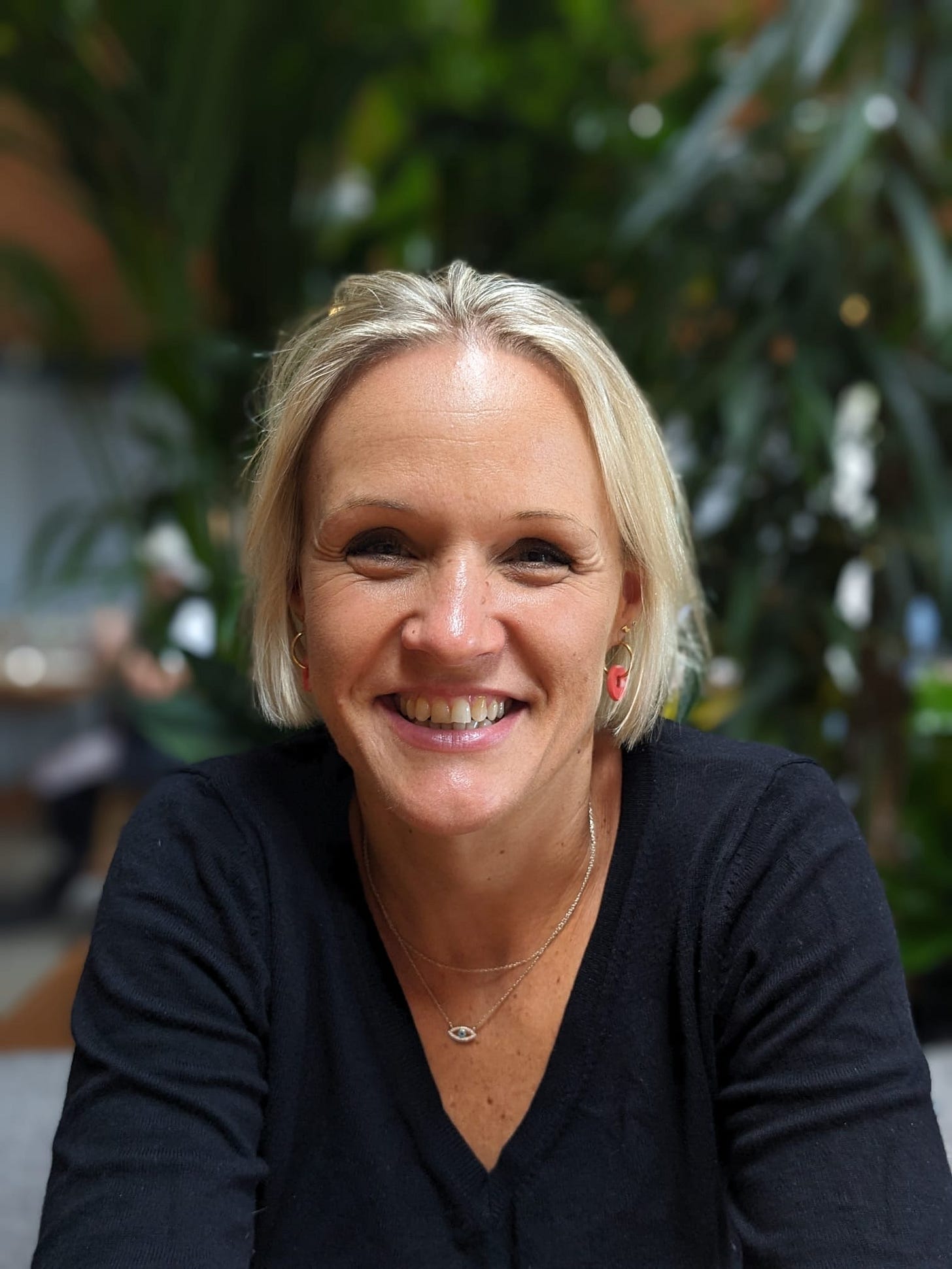Let’s talk Strategy
Everyone wants to believe their strategy is grounded in logic, insight, and data.
But strategy is rarely objective because behind every bold vision lies human bias.
Type of Bias
Cognitive bias shows up in different formats:
Confirmation bias makes us chase data that supports our existing beliefs.
Anchoring leads us to over-weight the first piece of information we hear.
Sunk cost fallacy keeps us tied to old bets, even when new evidence says pivot.
Survivorship bias hides the failures behind success stories.
Recency bias makes us overreact to what just happened.
The result is a fragile strategy when it comes to the reality of execution because you are building on false confidence.
When bias is baked into your strategic assumptions, you make moves that feel solid, but are actually sitting on shaky foundations.
How to De-Bias Strategy
You’ll never eliminate bias completely but here are a few examples of how to check for bias.
Red team the plan - Invite internal challengers to poke holes in your assumptions.
Use pre-mortems - Ask: “What would cause this strategy to fail?”
Build diversity into the room - Not just demographically but in experience, thinking style, and incentives.
Create structured dissent - Assign someone to argue the opposing view.
Strategists don’t pretend to know everything because it is about building with humility, testing with rigor and listening for the data that says we are wrong.
Adaptability beats conviction rooted in bias.
Belief is underrated.
Even once we have grounded the strategy in logic and data. There also has to be conviction.
What does this look like?
The belief that what you’re building matters.
The belief that you can do hard things.
The belief that there’s a better way - even if you can’t prove it yet!
As a strategic leader, this means not solely following the numbers, but interpreting them. It means not predicting the future but shaping it. It means you know when to zoom in for detail, and when to zoom out and trust your instincts.
Because strategy isn’t just science, it’s also art. And art needs belief.
When the belief is then shared, it multiplies and people give more. It amplifies and people find a way when things get tough.
The sweet spot is balancing logic with imagination and intuition to build together.
Final thought
“The essence of strategy is choosing what not to do.”
Bias clouds that choice. Awareness clears the path.
What are your thoughts?
I partner with ambitious leaders and entrepreneurs scaling in Health & Human Performance to provide Strategic consultancy.
Ready to uncover your path to purposeful sustainable growth? Let’s talk.
As always, if you enjoyed this content then feel free to share widely.
Nic x
Find me on Linkedin





